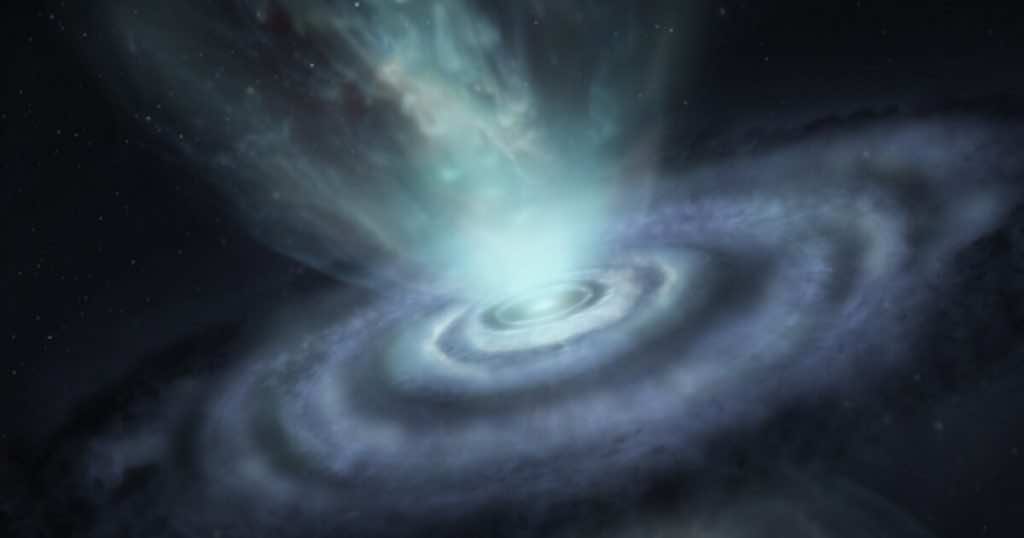Astronomers have captured an unusual star in unprecedented detail during its dying stages, revealing a distinctive feature.
The star V Hydrae, also known as V Hya, ejected six distinct rings of material, according to a paper published in the Astrophysical Journal. The exact mechanism behind the formation of these mysterious “smoke rings” is vague. Nonetheless, the discovery has the potential to upend existing models for this late stage of stellar evolution and shed new light on our own Sun’s fate.
“V Hydrae has been caught in the process of shedding its atmosphere—ultimately most of its mass—which is something that most late-stage red giants do,” said co-author Mark Morris.
“This is the first and only time that a series of expanding rings has been seen around a star that is in its death throes—a series of expanding ‘smoke rings’ that we have calculated are being blown every few hundred years.”
This new study combines Hubble Space Telescope data with observations made with the Atacama Large Millimeter/submillimeter Array (ALMA), including infrared, optical, and ultraviolet data.
V Hya is a carbon-rich star located 1,300 light-years away in the constellation Hydra. Its atmosphere is composed of more carbon than oxygen. It has a high loss rate for its mass, so astronomers believe it is in the process of shedding its atmosphere to become a planetary nebula.
However, V Hya appears to be on an unusual path. Astronomers realised the star was losing its atmosphere by blowing a series of smoke rings outward, which had expanded over the last 2,100 years to form a dusty disk-like region around V Hya. DUDE is the name of the structure (disk undergoing dynamical expansion).
Their observations also revealed two hourglass-shaped structures formed by high-speed gas blasts ejected from the star perpendicular to the smoke rings. More than 500,000 miles per hour is the expansion rate for these structures (240 kilometres per second).
“The discovery that this process can involve the ejections of rings of gas, simultaneous with the production of high-speed, intermittent jets of material, brings a new and fascinating wrinkle to our exploration of how stars die.”
This suggests that the star is evolving at an unusually fast rate, which contradicts the current model.
“Our study dramatically reveals that the traditional model of how AGB stars die—through the mass ejection of fuel via a slow, relatively steady spherical wind over 100,000 years or more—is at best incomplete, or at worst, incorrect,” said Sahai.
“It is very likely that a close stellar or substellar companion plays a significant role in their deaths. In the case of V Hya, the combination of a nearby and a hypothetical distant companion star is responsible, at least to some degree, for the presence of its six rings and the high-speed outflows that are causing the star’s miraculous death.”

